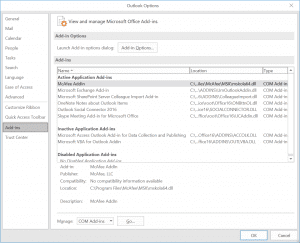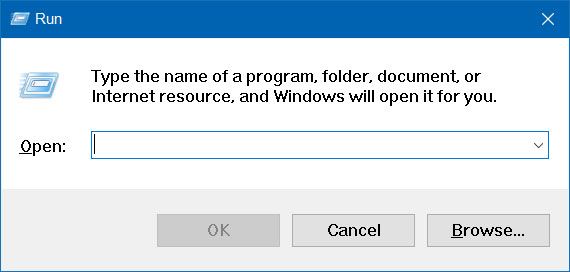

Um, and where we're doing that is the operating system.

We're essentially looking at these, processes that humans do, and we're replicating them, with an automation that does it in the same way. Um, so the same can be said for robotic process automation. And so the initial automations that we had on those factory lines were a robot arm that would pick up that door from the same place and put it on the car and bolt it on there. So one day you had a human that would pick up a door and then put it on the car and bolt it on with their arms. So initially when we went in and we, automated a car or factory, automation line, what they did is essentially they replicated the process as a human did it. and the best way to think about that in any other way is to think of a factory or a car assembly line. And then automation is just saying, we're turning this into an automation where we're orchestrating this and automating this. Um, and then process is that thing, um, that we're automating. So that's the robotic, an automation that is, um, done in the way a human does a thing. when we talk about robotic process automation, as a concept, we're talking about automating things that humans do in the way that they do them. Jeremy: So what does robotic process automation actually mean?

Today, we're going to focus on robotic process automation.Īlexander welcome to software engineering radio.

He's a solutions architect with over five years of experience working on robotic process automation and cognitive services. Jeremy: Today, I'm talking to Alexander Pugh. You can help edit this transcript on GitHub. This episode originally aired on Software Engineering Radio.Įnterprise "Low Code/No Code" API Solutions He has worked in Robotic Process Automation and the cognitive services industry for over five years. Alexander Pugh is a software engineer at Albertsons.


 0 kommentar(er)
0 kommentar(er)
